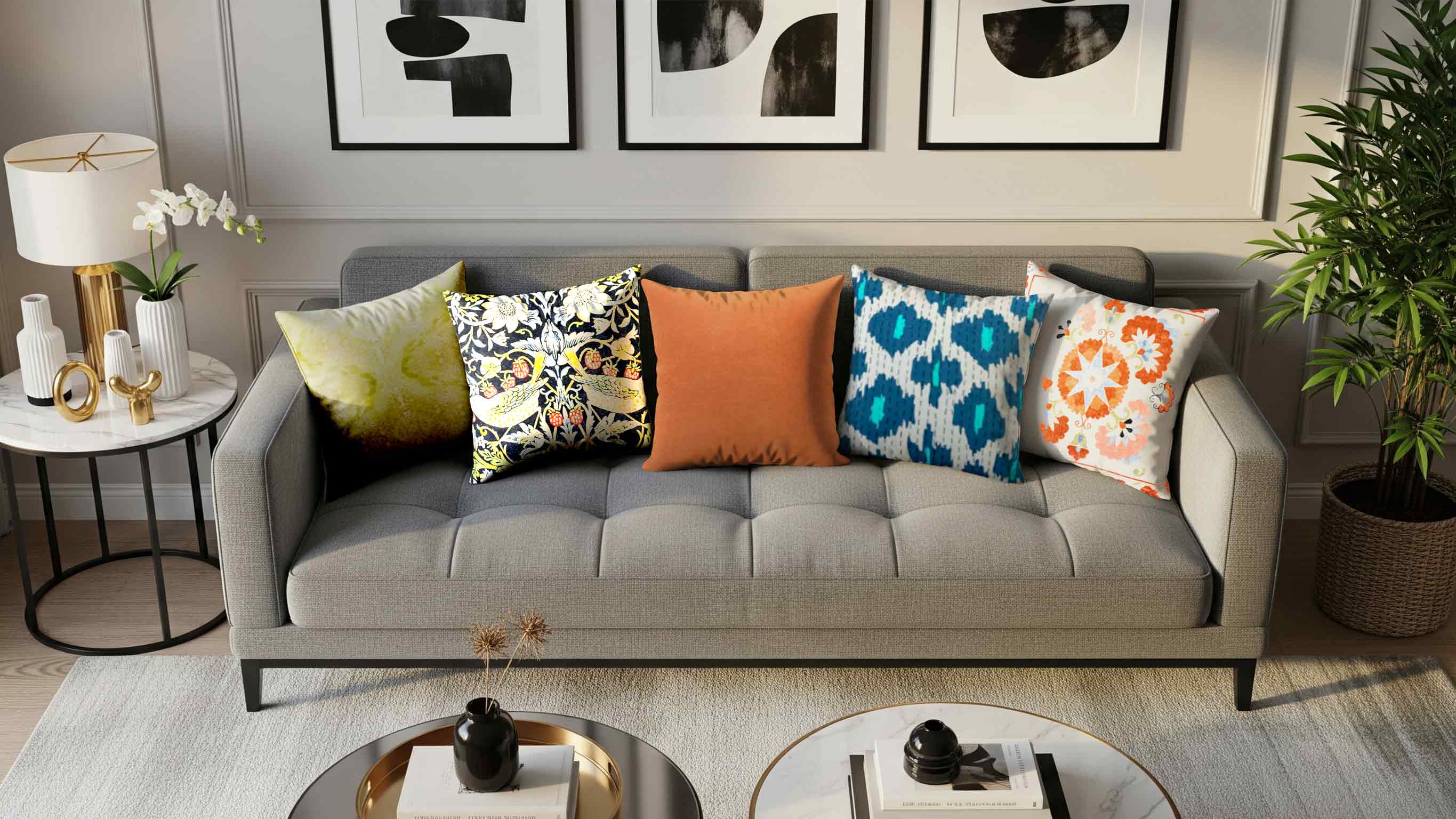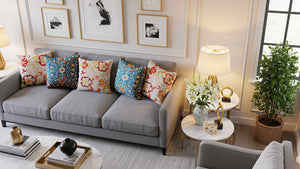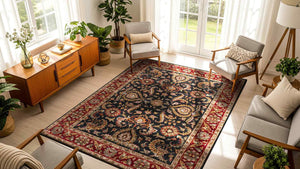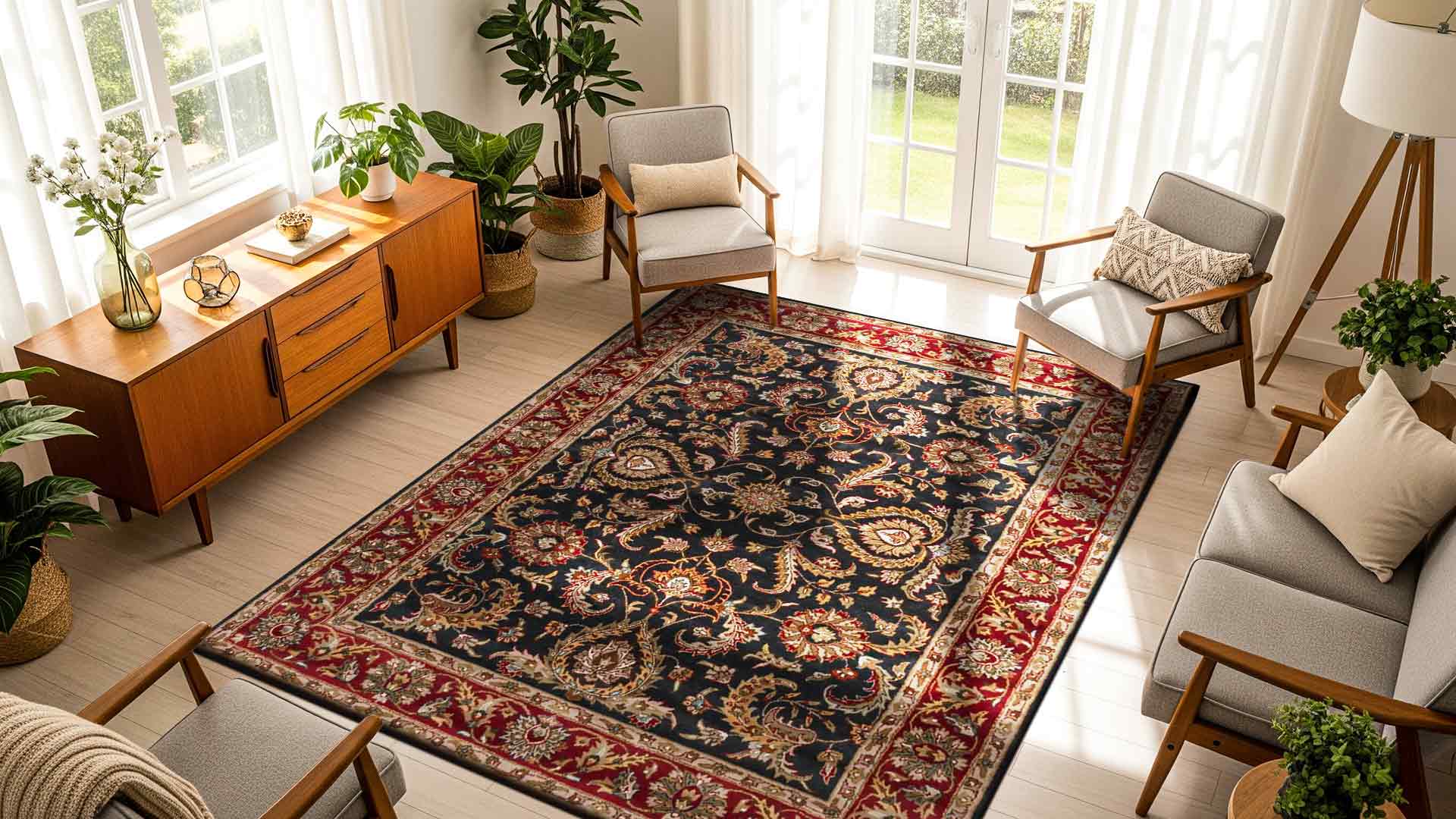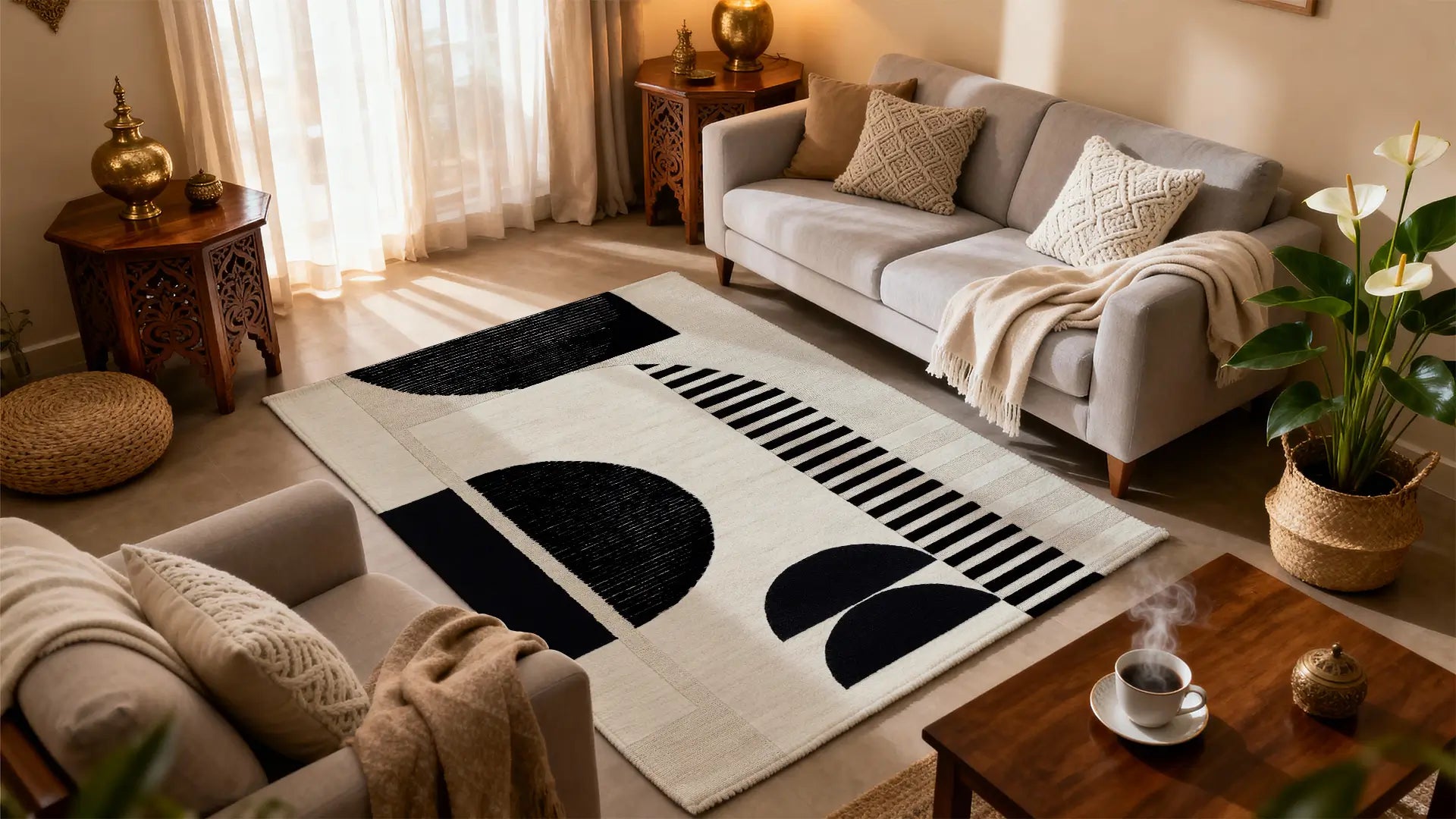Texture gives depth, balance, and personality to a space. When done right, it can turn a flat, lifeless room into a vibrant and inviting area. Cushion covers offer one of the simplest ways to add texture. They're easy to switch, budget-friendly, and come in a wide range of fabrics and finishes. Different textures evoke different moods. Soft velvet feels warm and rich. Crisp linen feels airy and calm. Coarse jute or wool brings in an earthy, grounded vibe. Using varied textures also creates visual interest. A mix of smooth and rough, shiny and matte keeps the eyes moving and adds dimension.
Instead of changing large furniture pieces, simply swapping cushion covers gives your room an instant refresh. Whether you're going for cozy, modern, rustic, or eclectic, texture helps set the tone. Understanding how texture influences perception lets you use it as a tool. It affects not only look but also the comfort and function. The best part? You don’t need to overhaul your entire decor. Just layer different textures through fabrics, shapes, and finishes using cushion covers.
Popular Cushion Fabric Types and Their Effects
Cotton Cushion Covers
Cotton is breathable, soft, and versatile. It's ideal for everyday use in any room.
These covers are easy to clean and maintain. They come in a variety of colors and prints, making them a go-to option.
Cotton textures range from smooth to slubbed or quilted. This makes them adaptable for minimal, boho, or classic decor themes.
If you're experimenting with textures for the first time, start with cotton. Pair cotton with heavier or shinier fabrics like velvet or silk to balance the look.
Velvet Cushion Covers
Velvet adds luxury and warmth to a space. Its sheen and softness give a plush feel that elevates even the simplest furniture.
Available in deep, rich colors, velvet works well in moody or modern interiors. It’s great for fall and winter but can be balanced with lighter textures for year-round use.
Avoid overusing velvet—it can overpower a space. Combine it with matte fabrics like linen or canvas for contrast.
Velvet is more delicate, so it’s best used in low-traffic zones like the bedroom or formal living areas.
Linen Cushion Covers
Linen is relaxed, breathable, and textured. It brings a calm, effortless vibe to a space.
Its slightly wrinkled look adds character without trying too hard. Neutral linen tones work well with almost all color schemes.
Linen fits perfectly into coastal, Scandinavian, or rustic interiors. It also pairs beautifully with smooth or shiny fabrics to balance texture.
Linen is durable but may need gentle care. Machine washing can break down fibers over time, so occasional hand-washing is preferred.
Silk and Satin Cushion Covers
Silk and satin covers bring elegance and shine. They work best as accents, not base textures.
These fabrics reflect light beautifully, adding a touch of glamour. Use them sparingly on a few cushions to create focal points.
Because they’re delicate and slippery, these are not ideal for high-use areas. But in a master bedroom or formal lounge, they look luxurious.
Pair them with matte or textured fabrics like wool or cotton for contrast and grip.
How to Mix and Match Cushion Textures
Start with a base texture like cotton or linen. These provide a neutral foundation that supports other fabrics.
Next, introduce a rich texture like velvet or silk to add depth. Use just one or two of these to keep it balanced.
Then, layer in structured or patterned fabrics like jute, wool, or embroidery for contrast. The key is balance—avoid having all soft or all shiny textures.
Also, textures can be mixed through shapes and layers. Square, lumbar, and round cushions all serve a role in breaking monotony.
When unsure, stick to a consistent color palette. Let the textures do the talking while colors remain cohesive.
Always test the arrangement by standing back and observing the overall visual.If one cushion steals too much attention, it may need replacing or repositioning.
Styling Tips for Every Room
Living Room
Use a mix of textures to make your sofa more inviting. Combine soft cotton or linen with bold velvet or textured embroidery.
Keep at least one cushion in a neutral base color. Add interest with one or two accent pieces that offer a pop of color or shine.
Group cushions in odd numbers—three or five look more dynamic than four. Try layering sizes: large square cushions at the back, smaller ones in front.
Rotate textures seasonally. Swap light fabrics for heavier ones in winter for a cozy feel.
Bedroom
Cushion covers in the bedroom should enhance relaxation. Use softer textures like brushed cotton, silk, or light velvet.
Layer with a mix of large euro pillows and smaller square cushions. Keep the palette muted for a calming effect.
Add a single standout cushion with a bold texture or pattern to create interest without disrupting tranquility.
Avoid scratchy or stiff materials, especially on pillows you may lean against.
Reading Nook or Corner
Comfort is key here. Opt for soft, plush textures like velvet or faux fur.
Pair these with structured fabrics to avoid a bulky or saggy look. Add a lumbar cushion for back support.
Use colors that energize or calm, based on the nook’s purpose. A mix of knitted, quilted, and plain fabrics works well in tight spaces.
Maintenance Tips for Different Fabric Types
-
Cotton: Machine washable. Use cold water to prevent shrinkage.
-
Velvet: Spot clean. Avoid harsh rubbing. Use a soft brush to lift the pile.
-
Linen: Hand wash or gentle machine wash. Avoid bleach. Air dry.
-
Silk/Satin: Dry clean only or spot clean with delicate fabric detergent.
-
Blends or Embroidered Fabrics: Read tags. Often require gentle hand washing or dry cleaning.
Always use pillow inserts that allow cushion covers to keep their shape. Regular fluffing helps retain structure and texture.


